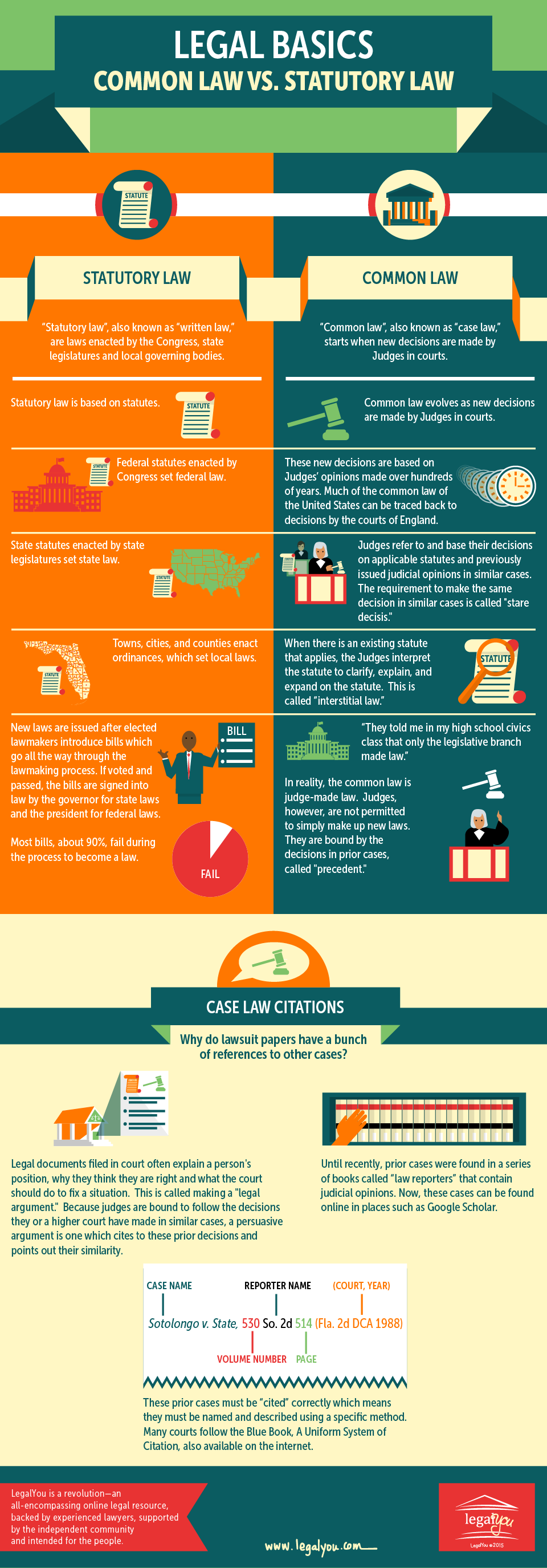What Takes Place Throughout A Criminal Test: A Detailed Introduction
What Takes Place Throughout A Criminal Test: A Detailed Introduction
Blog Article
Published By-Hunt Bunn
When you enter a criminal trial, you might be surprised by the organized procedure that unravels. It all starts with jury option, where potential jurors are looked at for prejudices via a technique called "voir dire." After that, both sides offer their opening declarations, setting the stage for the evidence and statements to adhere to. You'll see just how the prosecution and protection develop their instances, but what happens next can dramatically impact the end result. Recognizing these stages can reveal the complexities of justice, yet there's even more to reveal about the defining moments that follow.
Jury Choice Process
When it comes to the court choice process, you're diving into a crucial stage of a criminal test. This process, commonly called "voir dire," entails wondering about prospective jurors to guarantee they're unbiased and with the ability of delivering a fair judgment.
You'll see both the prosecution and defense attorneys getting involved proactively, each aiming to choose jurors that straighten with their situation's narrative.
Throughout voir dire, you'll observe that lawyers ask inquiries concerning jurors' histories, beliefs, and experiences. Their goal is to identify any pre-existing biases that might influence a juror's choice. As a juror, you may feel a mix of anxiety and curiosity, but your honesty is necessary.
After questioning, attorneys can test specific jurors for cause if they believe a juror can not continue to be neutral. They can also use a restricted variety of peremptory challenges to disregard jurors without stating a reason.
Test Phases Explained
The stages of a criminal test play a crucial role in ensuring a fair and organized procedure.
https://storage.googleapis.com/ryangarryllcattorney/ryangarryllcattorney.html 'll first experience the opening declarations, where both the prosecution and protection describe their instances. This sets the stage wherefore's to find.
Next off, the prosecution offers its proof and witnesses, aiming to verify the defendant's guilt past a reasonable uncertainty. You'll see straight examination followed by interrogation, enabling both sides to challenge the presented info.
After the prosecution rests its situation, it's the defense's turn. top criminal lawyers 'll present their evidence and witnesses, typically focusing on creating practical uncertainty. You'll see that the protection does not have to confirm innocence; they just need to challenge the prosecution's situation.
Once both sides have actually provided their arguments, you'll listen to shutting statements, where each celebration summarizes their case. This is important as it strengthens their placements prior to the jury ponders.
Throughout these phases, the court guarantees that the test abides by lawful requirements and that the legal rights of both events are protected.
Comprehending these stages will assist you appreciate the complexities associated with a criminal test and the relevance of each step in the search of justice.
Judgment and Sentencing
After all proof has actually been presented and disagreements made, the court or court provides a verdict, establishing the defendant's sense of guilt or innocence. If you belong to the court, you'll ponder with your other jurors, reviewing the proof and your impressions. This process can take some time, as you'll want to ensure every person settles on the judgment based upon the realities.
As soon as a judgment is reached, it's revealed in court. If the defendant is condemned, the next stage is punishing. This is when the court determines the suitable penalty. You may observe that various variables influence the sentence, such as the extent of the criminal activity, the defendant's past document, and any kind of mitigating scenarios.
The judge may impose a range of sentences, from penalties and community service to jail time. Often, the protection or prosecution can provide disagreements pertaining to sentencing, trying to persuade the court's decision.
If the defendant is found not guilty, they're acquitted, and no punishment follows. Keep in mind that a guilty judgment can typically result in appeals, where the defendant may challenge the decision or the sentence enforced.
Conclusion
In a criminal test, you have actually seen exactly how crucial each action is, from court option to the last decision. You've followed the prosecution and defense as they develop their cases, aiming to persuade the jury. Once deliberation concludes, the decision establishes the outcome, and if the accused is condemned, the sentencing stage begins. Understanding these processes aids you value the intricacies of the justice system and the significance of each duty in making certain a reasonable trial.
